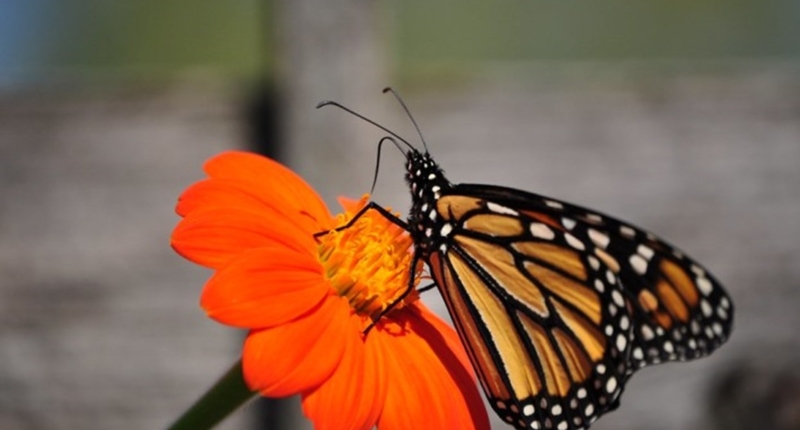Tripura’s Butterfly EcoPark, developed by the forest department, has become a popular tourist attraction due to its unique biodiversity. The first butterfly park in northeast India, the park is home to 250 species of butterflies and has a breeding facility to promote their growth. Butterflies are considered to be indicators of a good ecological balance and healthy nature, and their conservation is critical. The Tripura Forest Department has been promoting butterflies as a tourist attraction and exploring the potential of exporting them as a means of generating foreign currency. The state’s unique vegetation and butterfly diversity provide ample opportunity to create additional butterfly parks to boost tourism. The lifespan of butterflies is short, but their beauty and ecological significance make them an essential part of Tripura’s natural heritage.
Tripura’s Butterfly EcoPark: A Tourist Attraction
Tripura’s South district is now home to a major tourist attraction, a butterfly park developed by the forest department. The Butterfly EcoPark at Chottakhola is the first butterfly park in northeast India and was inaugurated in 2016. The park spans 5.5 hectares of land and is located near the India-Bangladesh international border, close to the Trishna Wildlife sanctuary.
The park is home to 250 species of butterflies and is attracting tourists from all over India as well as neighbouring Bangladesh. It is conveniently located near the endangered bison park at Trishna Wildlife sanctuary and the Indo-Bangla Maitri Park which commemorates the Bangladesh liberation war. Deputy Conservator of Forest, Krishnagopal Roy, stated that tourists can visit all three sites in one trip.
The Butterfly EcoPark has a breeding facility for the winged creature and many plants which are favourite to the butterfly are planted to create a good habitat for the insect. Artificial foods are also distributed to the butterflies at times. According to wildlife and environment experts, butterflies are deemed to be indicators of a good ecological balance and healthy nature.
Tripura Tourism minister Sushanta Chowdhury said Trishna Wildlife sanctuary and its surroundings attract a large number of tourists and it will help in the economic development of the state. Chowdhury stressed the need for developing a tourist circuit integrating other attractive sites of the area.
The forest department has decided to promote butterflies as an aspect of tourism development in Tripura. They have carried out surveys across the state and have found that such parks could be set up in twenty more places. The lifespan of butterflies is very short, they live only from 15 days to about 30 days. But even in this short period of time, the butterfly brings joy to people and plays an important role in beautifying the ecosystem of the environment.
Tripura’s Butterfly Diversity and Conservation Efforts
Tripura, despite its small size, has a diverse range of wildlife and biodiversity, including around 250 species of butterflies. The colourful insects are a beloved sight for everyone, especially children. The forest department is striving to increase butterfly numbers to boost the state’s tourism industry.
Butterflies are considered to be indicators of a healthy ecological balance and a thriving environment, according to wildlife and environment experts. As such, the Tripura Forest Department has been promoting butterflies as a tourist attraction, given the state’s unique vegetation and abundance of butterfly species. Each butterfly has its own unique character and provides spectators with an unforgettable experience.
The Common Birdwing was recently declared the state butterfly by the Tripura Forest Department in an effort to promote the insect and attract tourists. The department is also exploring the potential of exporting butterflies as a means of generating foreign currency. The butterfly trade is worth between 20 and 30 million dollars annually worldwide.
Forest officials have raised concerns about declining butterfly numbers and their natural habitats due to global environmental pollution caused by humans and climate change. As a result, preservation efforts are critical to ensure the survival of these insects.
In conclusion, butterflies are an integral part of Tripura’s natural heritage and an essential component of the state’s tourism industry. Efforts to promote their conservation and protection are necessary to ensure their survival and contribution to the state’s economic growth.
Don’t miss interesting posts on Famousbio










